The Vivo X50 Pro (Review) which reviewed last year had left us with many good impression especially when it comes to it’s photography aspect. The phone isn’t just capable of snapping flattering images, but also offers some extra wow factors like the revolutionary gimbal stabilization system.
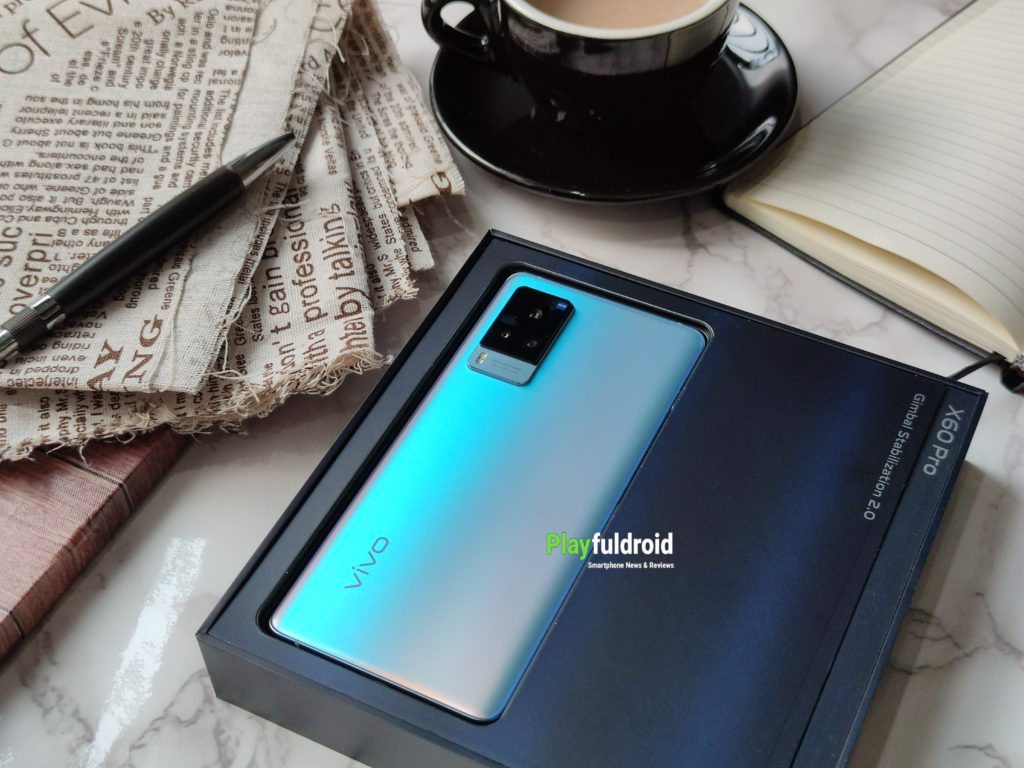
Earlier this month, Vivo finally launched the X50 Pro’s successor in Singapore dubbed as the Vivo X60 Pro. The new model further refines the success formula of it’s predecessor by offering a second-generation’s gimbal camera system along with a new trick under it’s sleeve – a camera system that’s co-engineered with Zeiss.
Of course, besides polishing it’s photography capabilities, Vivo has also fine-tuned the rest of it’s specs, bringing in more performance muscles to the Vivo X60 Pro than ever. These improvements ultimately pushed the new X60 Pro into the flagship segment that’s capable of competition against other top dogs in the market including the more recently announced Xiaomi Mi 11 (Review) and OPPO Find X3 Pro (Review).
At S$1,199, the Vivo X60 Pro is undeniably one of the most affordable flagship phone in the market. However, does it have what it takes to follow you though the next couple of years? Let’s find out in our Vivo X60 Pro review.
Design
On the outside, the Vivo X60 Pro shares a close resemblance to it’s predecessor which you can easily tell by the ultra-sleek chassis and the familiar-looking camera island on the flip-side.
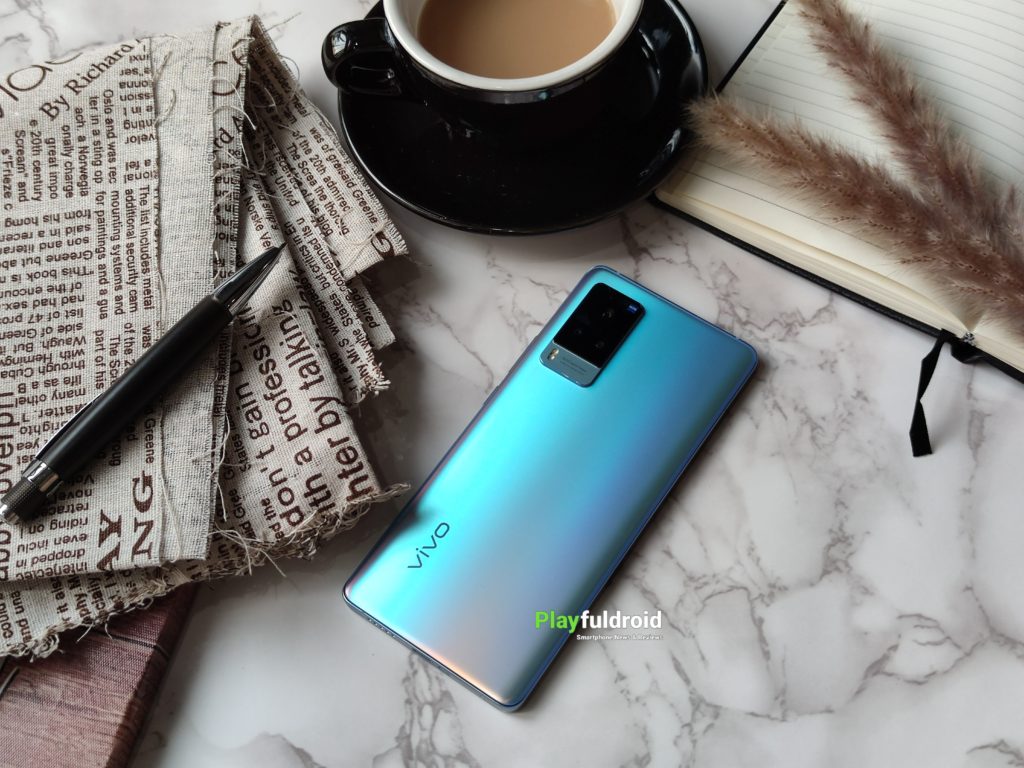
Still, the Vivo X60 Pro is by far one of the best-looking flagship in the market that looks elegant and classy whether you place the phone face-up or face-down. In fact, I find it really impressive how Vivo managed to keep it’s slim profile to just 7.59mm on a flagship-level, considering that the majority of it’s competitors easily sit above 8mm in thickness.
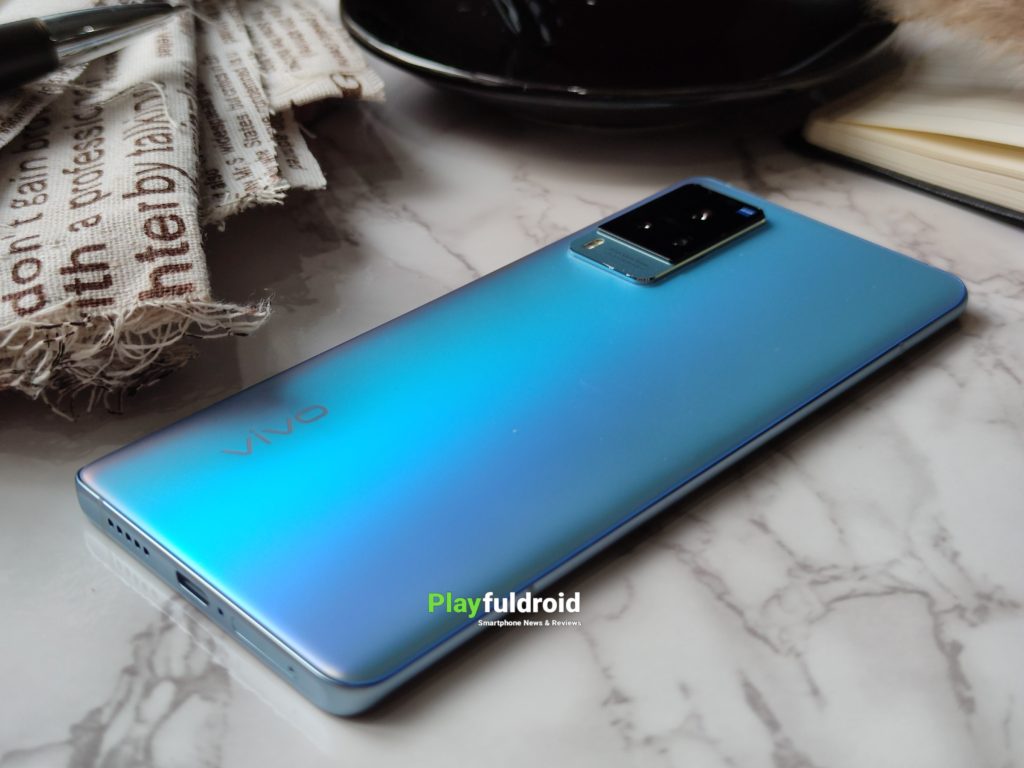
Apart from it’s extremely thin chassis, the Vivo X60 Pro also felt really light on hand, thanks to it’s featherlight weight of just 179 grams. Along with it’s dual-curve back panel, the X60 Pro has all the necessary ingredients in providing a top-notch handling experience for it’s users.
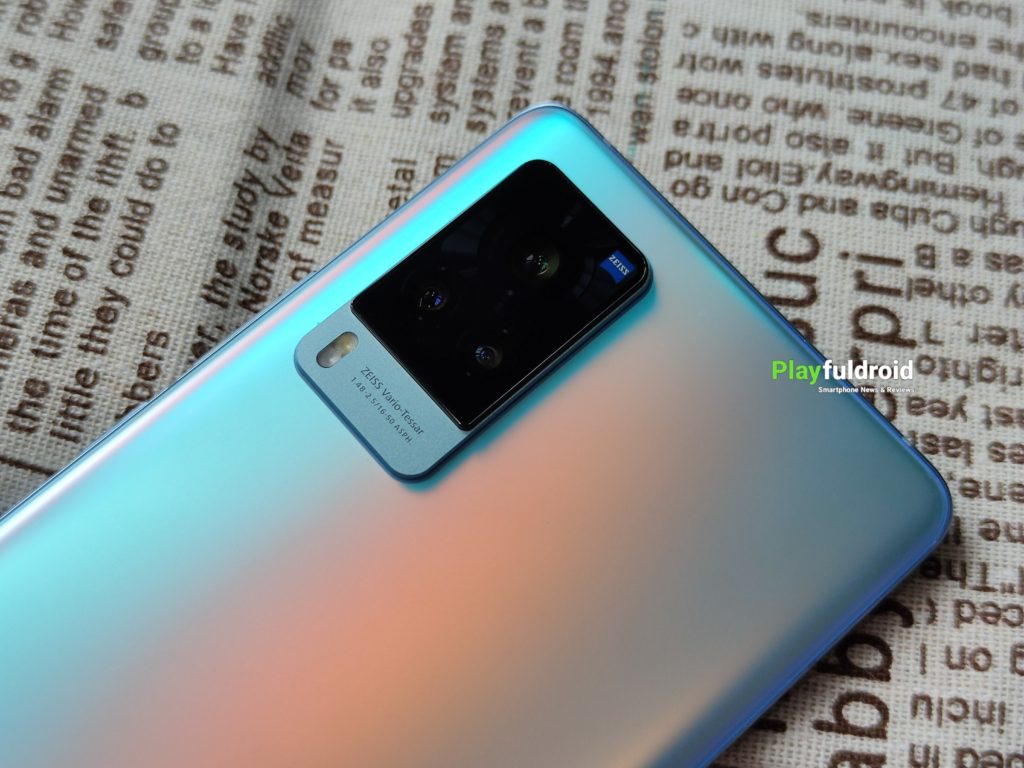
For the Shimmer Blue variant which I’d received for review, it’s rear panel dons an iridescent sheen that kind of reminds me of the surface of a pearl. And yes, it did gave off the same premium and expensive impression of a pearl too.
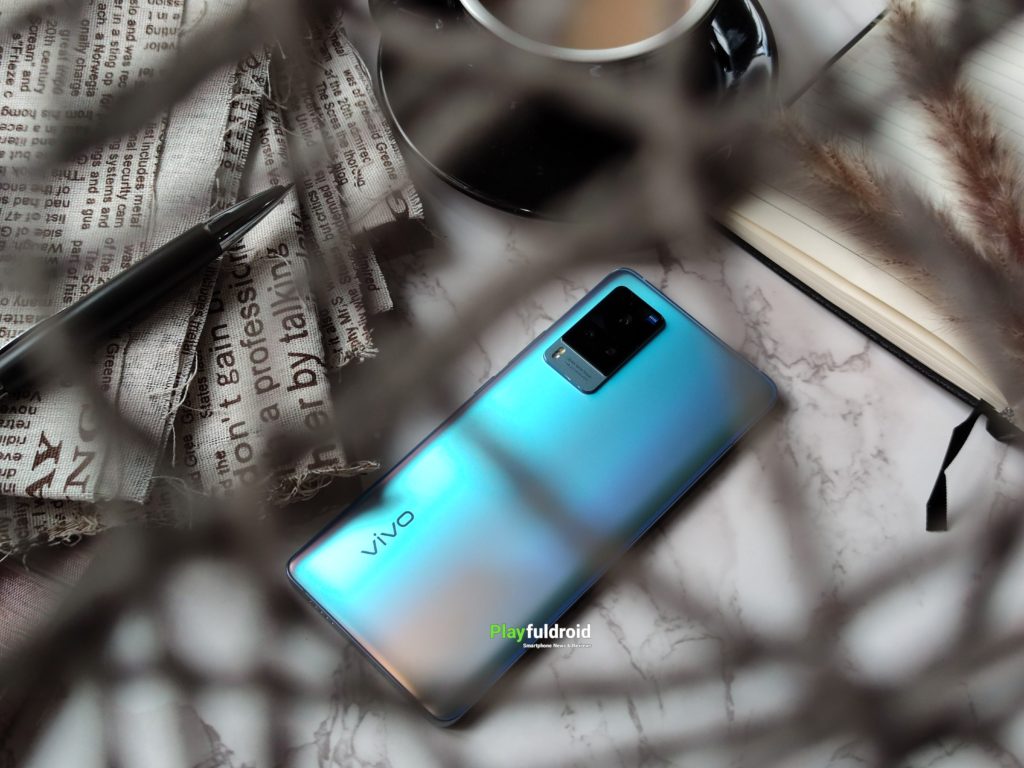
If you ain’t a fan of those glossy back panels, then you’ll probably be glad to hear that it’s back panel touts a matte finish which looks slightly understated – just to my liking! As usual, you do get a layer of Gorilla glass at the back as well.
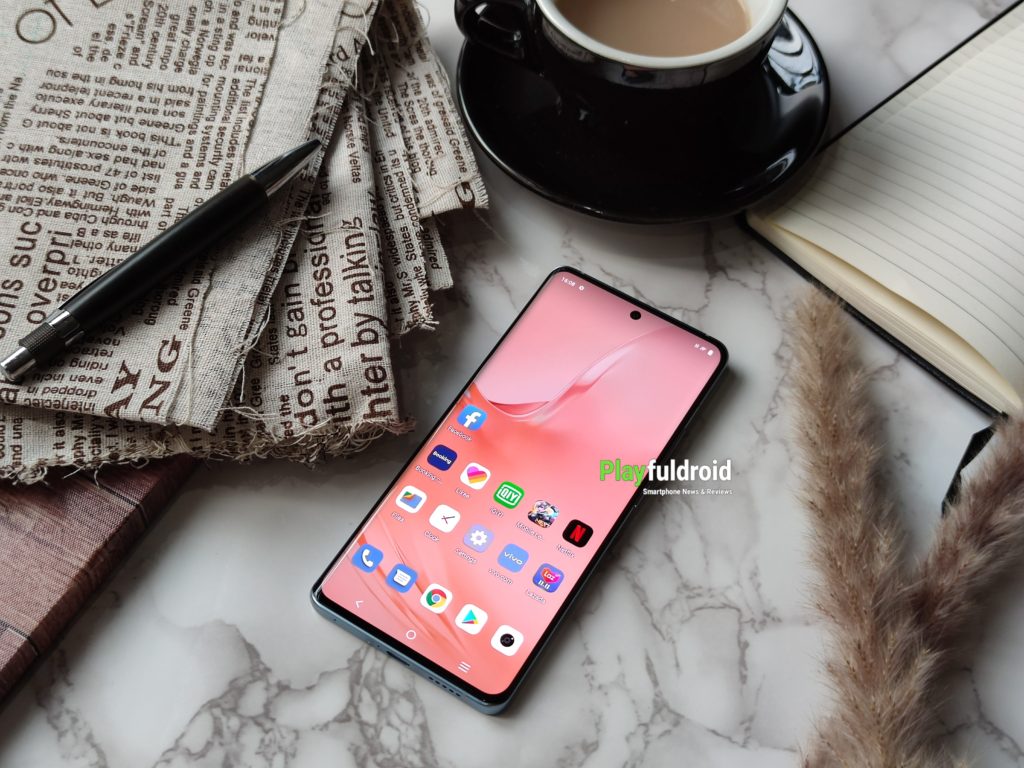
Coming to the front, the Vivo X60 Pro features a curve, central hole-punch display which measures 6.56” diagonally. It offers a sharp FHD+ screen resolution topped with a smooth 120Hz screen refresh rate which is in fact a much needed upgrade over the 90Hz refresh rate on last year’s X50 Pro.

Similarly, it’s front display is also HDR10+ certified, just like most other flagship phones including the OnePlus 9 Pro and OPPO Find X3 Pro. This essentially means you’ll get to enjoy more realistic images and videos when browsing or streaming them on the X60 Pro.
With an overall peak brightness of 800 nits, you can also be assured that the screen will remain visible under harsh sunlight, especially when you’re out for an outdoor photography trip.
Just like it’s back panel, the front display is also reinforced with a layer of Gorilla Glass to improve it’s durability, protecting it against accidental drops or scratches. Similarly, you also get an ultra-responsive in-display fingerprint scanner underneath the front display as well.
Performance
Under the hood, the Vivo X60 Pro is powered by an octa-core Qualcomm Snapdragon 870 chipset – the second most powerful Snapdragon chipset in the market which offers you pretty much the same performance you can expect from the Snapdragon 888 chipset.
It’s in fact the same chipset that’s also used in several notable smartphones like the Black Shark 4, iQOO Neo5, as well as the recently announced OPPO Reno6 Pro+. On a day-to-day usage, the Snapdragon 870 certainly has more than sufficient horse power to provide you a smooth and seamless multi-tasking experience. It’s no doubt an overkill in this aspect.
The Vivo X60 Pro continues to impress when it comes to gaming. I hardly encounter any stuttering or throttling even when playing high intensity games like PUBG Mobile under high graphic settings. Interestingly, the Snapdragon 870 seems to handle heat slightly better than it’s Snapdragon 888 counterpart (based on my experience).
In the memory department, the Vivo X60 Pro also features a top-tier configuration comprising of 12GB RAM and 256GB onboard storage which is probably more than sufficient for most users.
Camera
For photography, the Vivo X60 Pro relies on a revolutionary, triple-camera system that’s co-engineered with German optic specialist Zeiss. The trio include a 48 megapixels (f/1.48 aperture) main camera, 13 megapixels (f/2.2 aperture) ultra-wide lens, as well as a 13 megapixels (f/2.46 aperture) telephoto lens.

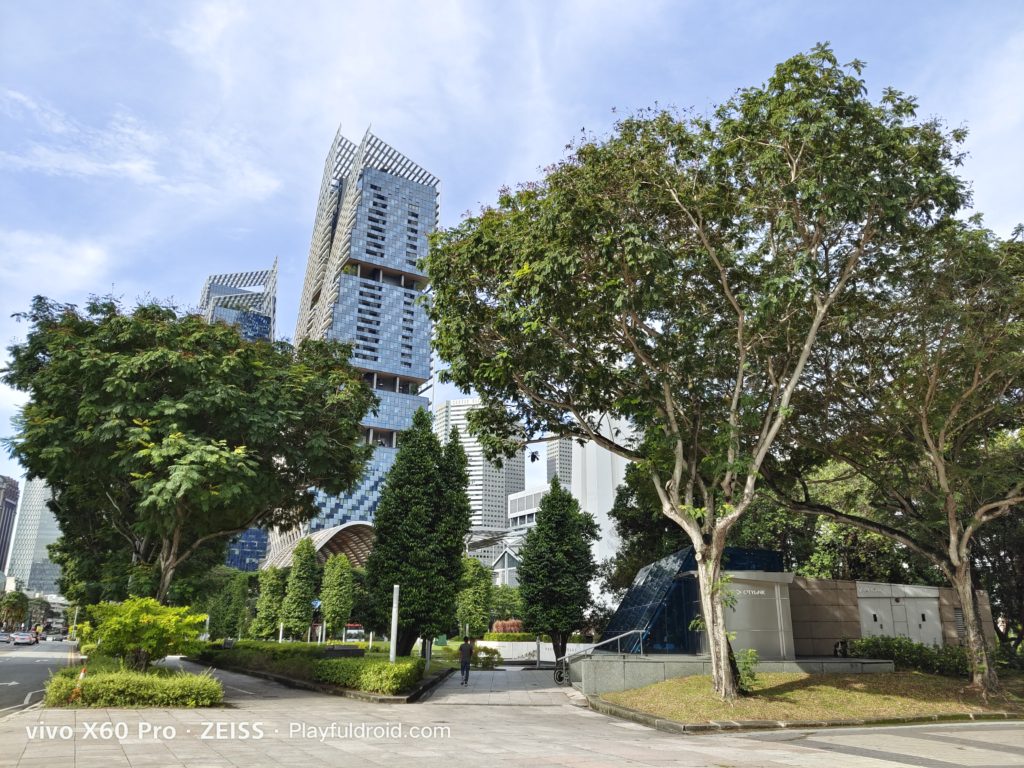

Photos taken by the main camera are great, offering wide dynamic range and high-level of details that you will normally expect to see from a flagship phone. Color reproductions are excellent, giving you vibrant and realistic images that you’ll definitely appreciate.
In low-light environment, the large aperture of the lens also helps in brightening the scene by allowing more lights into the imaging sensor. On top of that, it also have a nifty night mode to further assist in low-light shots – producing some of the best low-light images I’ve seen so far.



Like any other smartphones, the night mode feature in the Vivo X60 Pro do require you to hold the phone steadily for several seconds. Thankfully, the gimbal stabilization system in the main camera helps to compensate the shakiness, making it easier for you to take a flattering night shot.
Speaking of the gimbal stabilization system, it’s a boon to those who love recording vlogs on the phone. It works like a charm, eliminating every slight to moderate movements, resulting in a smooth and stable footage just like what I’d experienced on last year’s X50 Pro. It’s certainly more effective than the usual OIS or EIS used in other flagship phones.
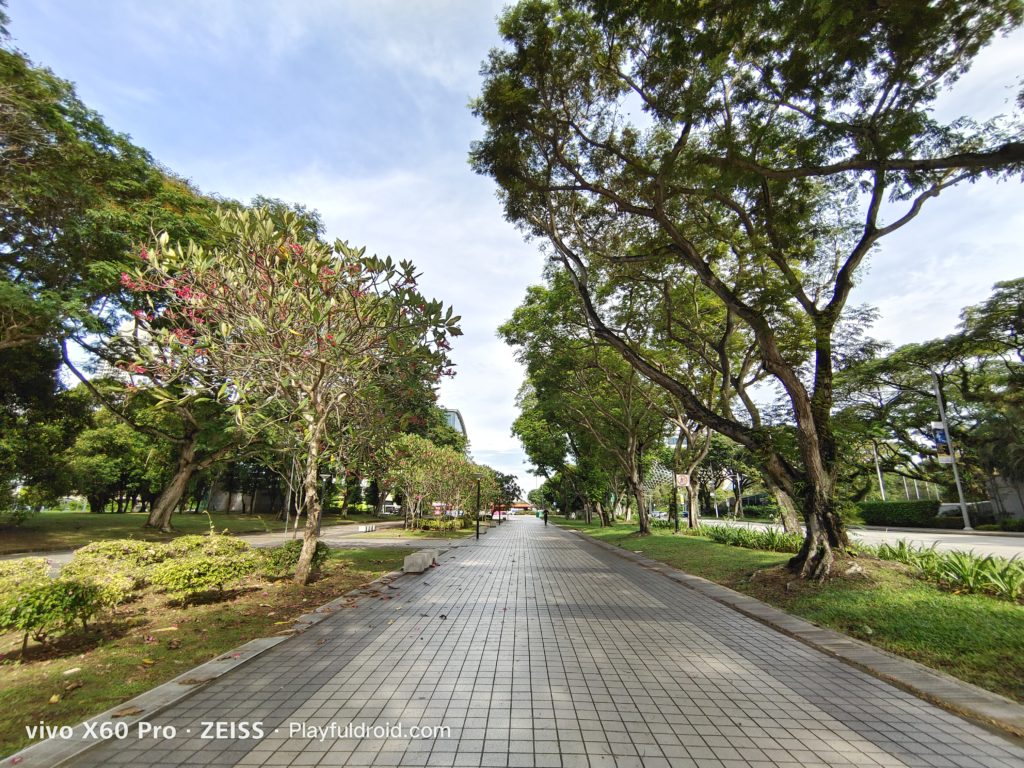

Coming to it’s ultra-wide shots, we do get pretty much the same image quality as the main camera under a well-lit environment despite being clicked by a lower-res 13MP imaging sensor.


What’s interesting is that the ultra-wide camera also doubles up as a macro camera for close-up shots as well. Speaking of this, it’s worth mentioning that it’s 13MP ultra-wide camera did a splendid job in this aspect, clicking highly-detailed images with a pleasing bokeh effect in the background. Edge detection is on point, allowing the subject to be accurately separated from the background without erroneously blurring out any fine details.
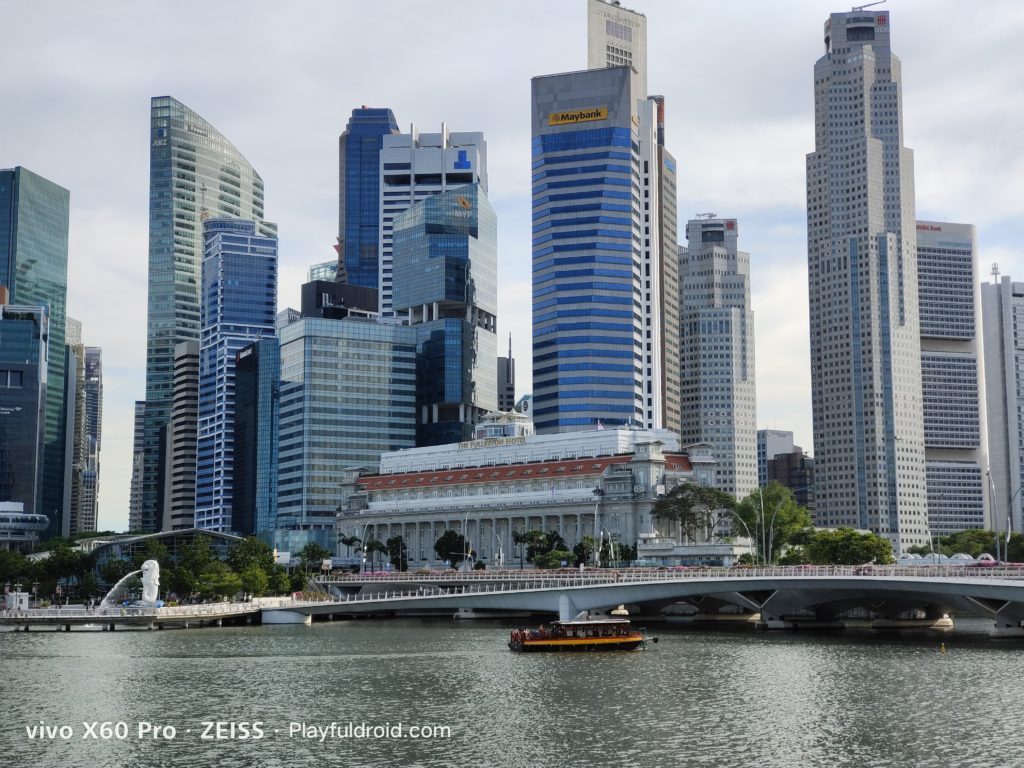


Last but not the least, we also have a capable 13 megapixels telephoto lens with 2x optical zoom which clicks images that’s comparable to those taken by the main camera. Beyond that, the phone can still go as far as 20x digital zoom – though it’s quality inevitably deteriorates as you edge towards the maximum zoom factor. Otherwise, images taken between the 2x to 5x zoom level are highly usable.
As for selfies, you do get a 32 megapixels front-facing camera that allows you to snap instaworthy selfies with great dynamic range along with an amicable amount of details. By default, it’s beauty mode is toggled on, but you can easily turn it off with a single click. What really catches my attention however, is the ability to adjust the level of bokeh on the background which can come in handy at some point of time.
Battery & Charging
To keep it’s lights on, the Vivo X60 Pro draws power from a respectable 4,200 mAh battery that can easily last me through the day with around 30% battery remaining under normal usage condition. Though the battery capacity is slightly smaller, but it seems to offer me the same mileage as the OPPO Find X3 Pro’s 4,500 mAh battery.
Moving on, the Vivo X60 Pro also supports 33W flash charging which isn’t the fastest among flagship phones, but is still comparatively faster than other big names like the Samsung Galaxy S21 Ultra (Review). A single charge from 0 to 100% will take you roughly an hour which is pretty decent.
Verdict
The Vivo X60 Pro in my opinion, gets all the upgrades in the right direction, turning the “Pro” model into a true flagship that’s way more affordable than most of it’s competitors.
With the X60 Pro, it no longer break the bank to get yourself a smartphone with good camera capabilities. As such, it’s definitely an option every photography enthusiasts or content creators should consider when getting their next smartphone
For those who’re interested, the Vivo X60 Pro is available at S$1.199 via both Shopee and Lazada.